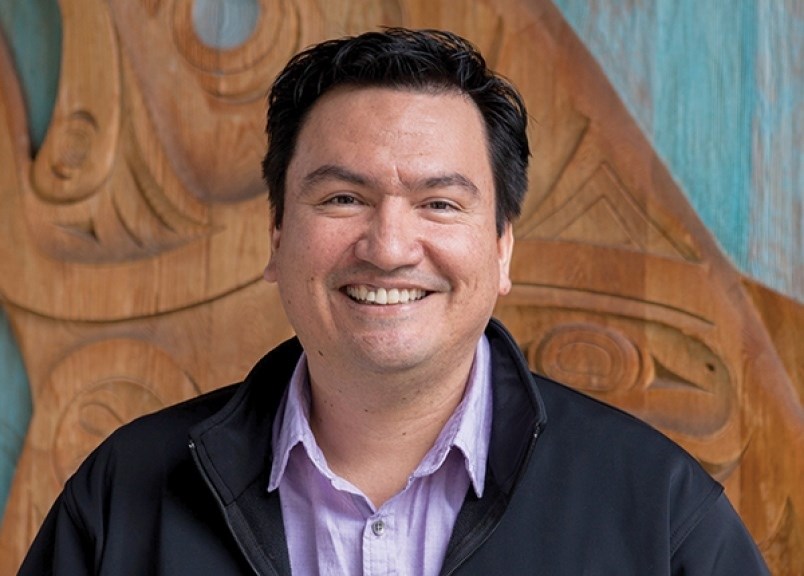The Squamish Nation Council has approved the proposed FortisBC pipeline expansion slated for Squamish.
The council voted Saturday to approve the FortisBC Environmental Assessment Agreement, which paves the way for the Eagle Mountain to Woodfibre Pipeline Project.
“It is important to remind members that the Squamish Process was set in motion to ensure our aboriginal rights and title interests are protected,” Chief Ian Campbell said in a news release Saturday afternoon. “For us, the FortisBC component represents an exercise in Squamish Nation government. Our decision reflects the interests, the will, and the beliefs of our members. We won’t allow outsiders, whether they support the proposal or oppose it, to decide for us. It is our future – our decision to make.”
Nine of the Squamish Nation’s 25 conditions for support of the Woodfibre LNG export facility planned for Howe Sound that were set out in October were directed at FortisBC. Conditions included the change of the proposed location of the compressor station and re-routing the pipeline to outside of the Skwelwil’em Wildlife Management Area of the Squamish Estuary.
FortisBC subsequently changed the planned compressor station location from the Squamish business park, which was near a Squamish Nation reserve, to 1.8 kilometres outside of the Valleycliffe neighbourhood. The natural gas company also plotted an alternative pipeline route that avoided the Wildlife Management Area by tunneling under the estuary.
“It is important for members to understand that the EA Agreement will legally bind FortisBC to meet all nine of the (conditions),” the news release continues.
Other conditions of support include no barges in the Wildlife Management Area, no expansion of the pipeline without Squamish Nation approval and the establishment of an economic benefits agreement with the Squamish Nation.
But the conditions do little to satisfy some dissenting members of the nation.
“There’s a big concern over the land, the water and the air. That’s basically it. Natives are known for living off the resources of those three things and what we feel is that (council) is in putting them in danger,” said Jo-ann Nahanee, a frequent critic of the project.
Only 10 of the 12 council members voted in favour of the plan and there is a groundswell of opposition among members who regularly attend council meetings, according to Clarissa Antone.
“They’re saying we the members agreed to this but they never came to us. It’s only those 10 councillors who voted yes,” she said.
And the council hasn’t been forthcoming with information or consultation with the nation’s membership, Nahanee said. ”They aren’t coming and asking us what we really want. In our culture and tradition, it’s always been that they come to the people and they’ve listened to the people and somewhere along the way, that’s been lost.”
The next step is for the benefits package to be negotiated, according to the release. Once completed, it will be presented to the community and council for review.
FortisBC’s Trevor Boudreau said the company values working with First Nation communities impacted by the pipeline project, including the Squamish Nation. “We know that working together to incorporate aboriginal knowledge and values makes our projects better.”
Tracey Saxby of My Sea to Sky sent The Squamish Chief a statement on behalf of the anti-LNG lobby group. “We will continue to support Squamish Nation members pursuing progressive and sustainable development, improved governance, and cultural revitalization – even when we disagree with some decisions of the Squamish Nation leadership,” the emailed My Sea to Sky statement said. “My Sea to Sky will continue to support the residents of Valleycliffe and Squamish First Nation members that are standing up to stop the compressor station from being located on Mount Mulligan.”
– with files from Brent Richter
For more stories from the Squamish Chief visit squamishchief.com.



